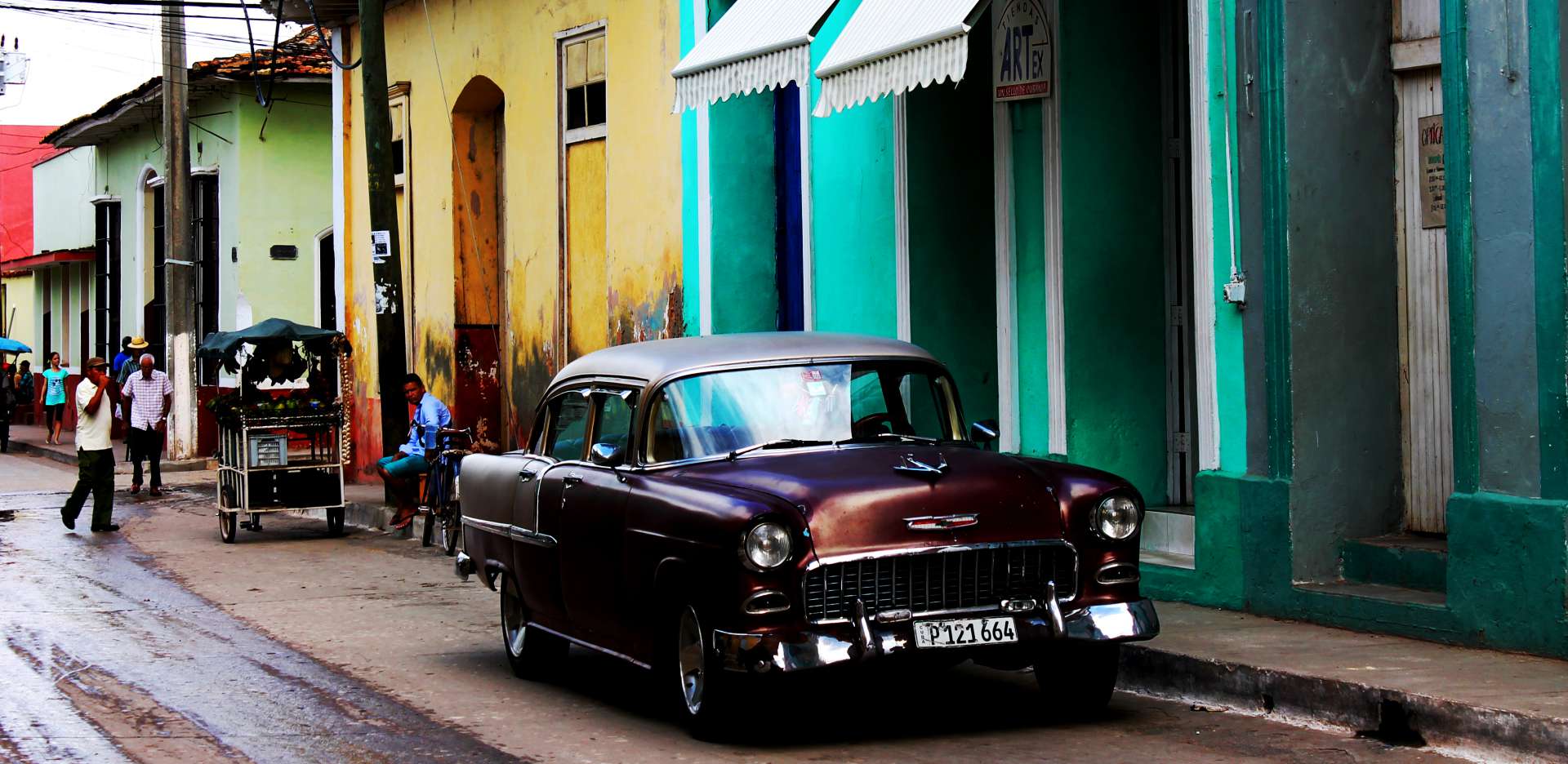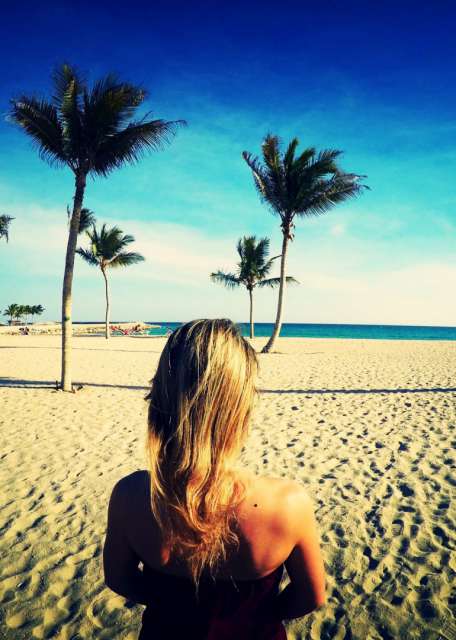
steffispointofview
vakantio.de/steffispointofview
Oman - Oasis for Adventurers
प्रकाशित भइल बा: 23.09.2019
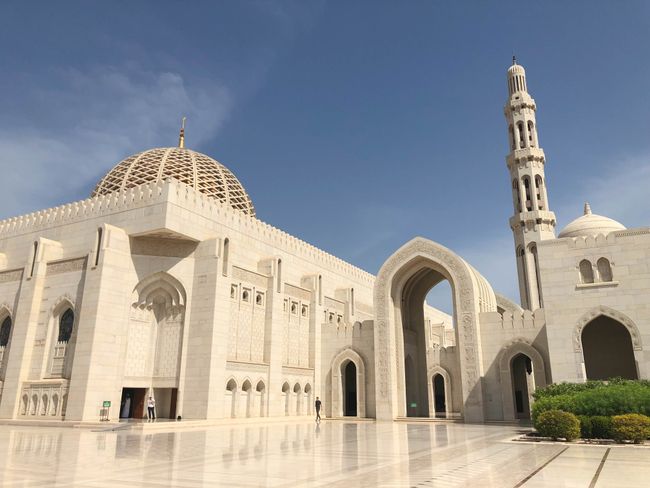
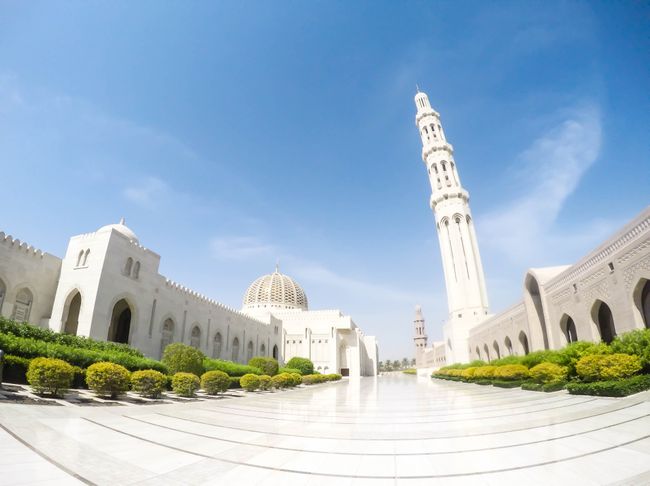
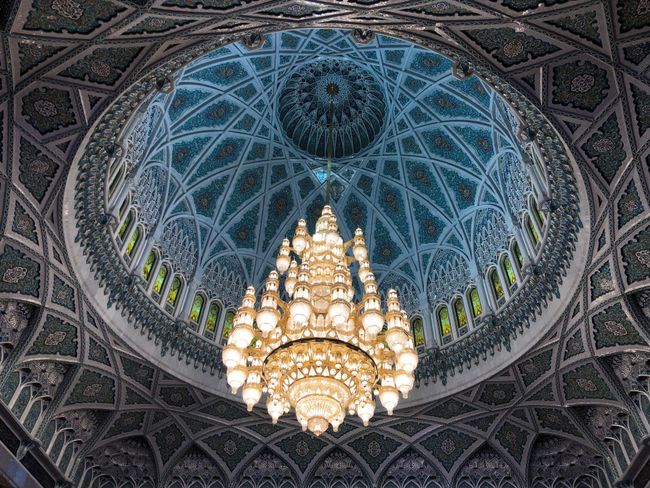
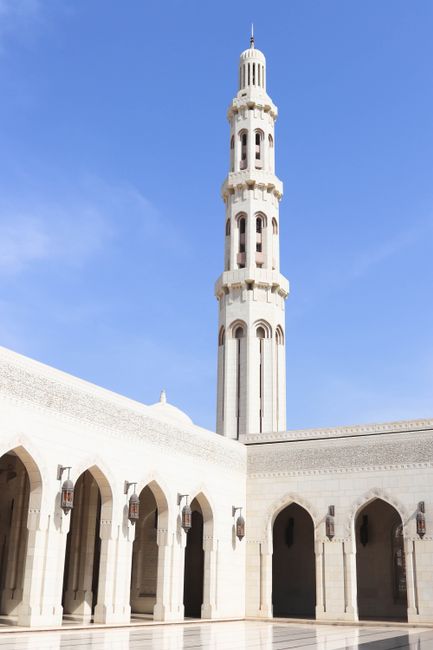
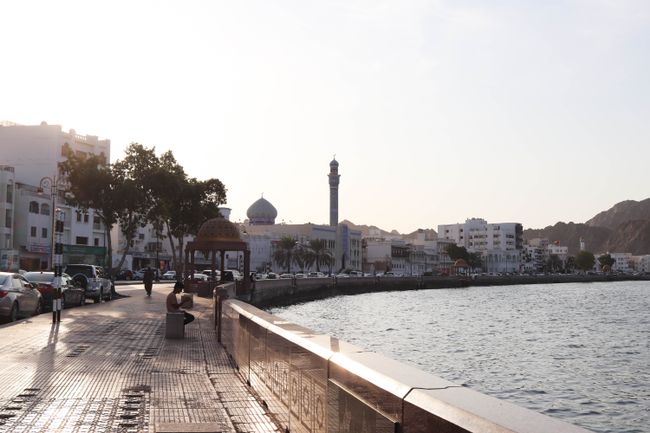
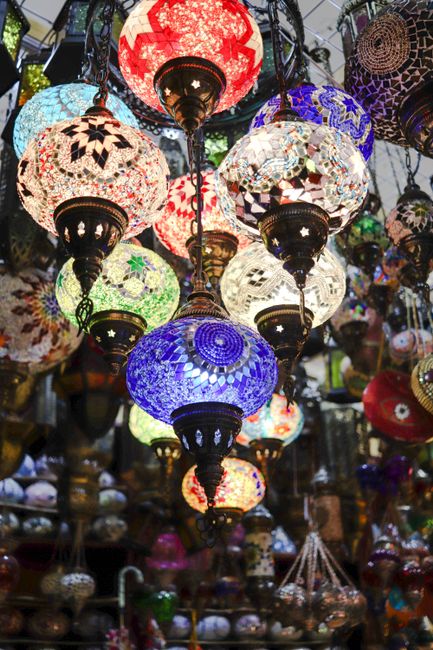
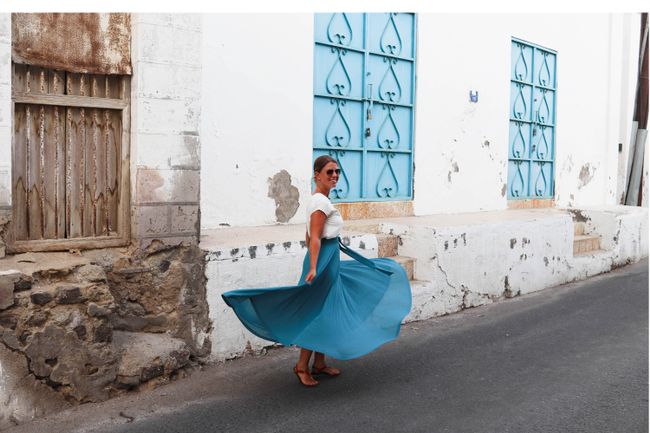
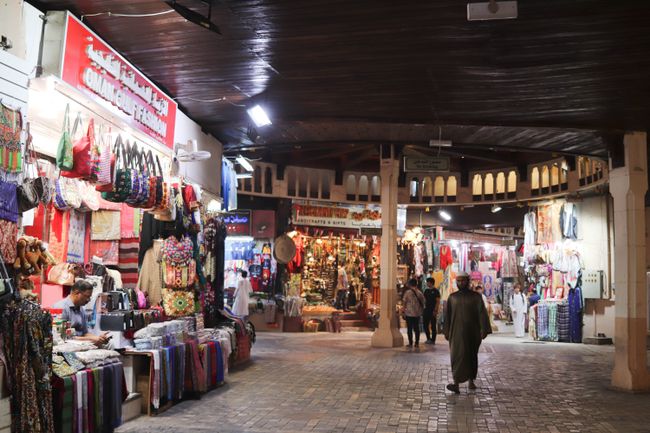
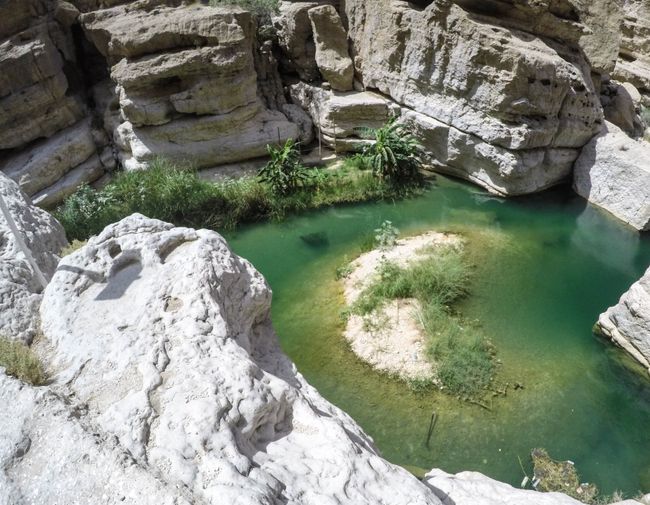
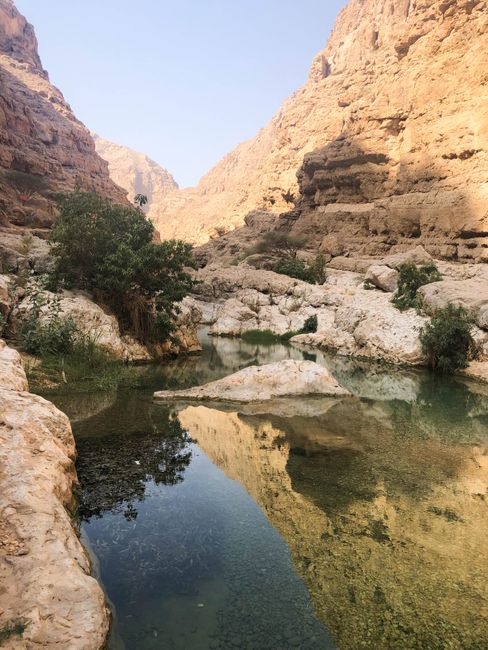
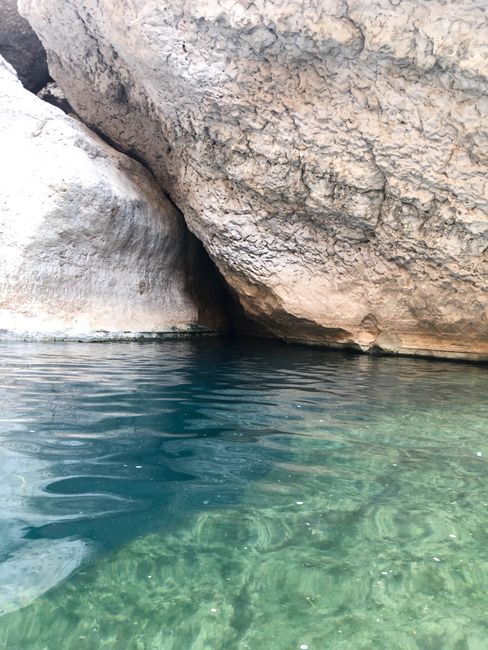
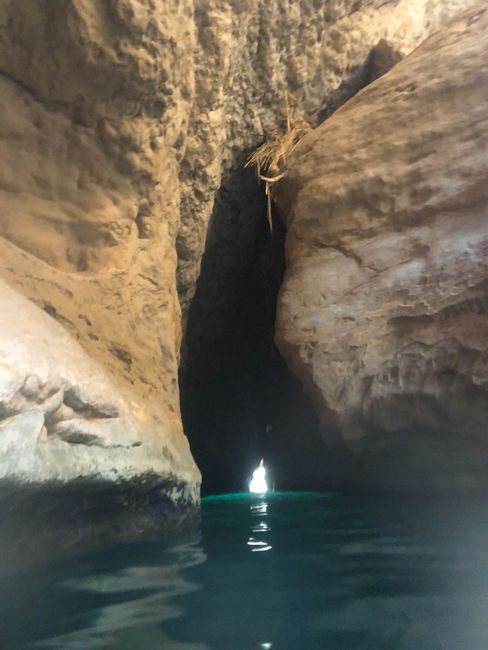
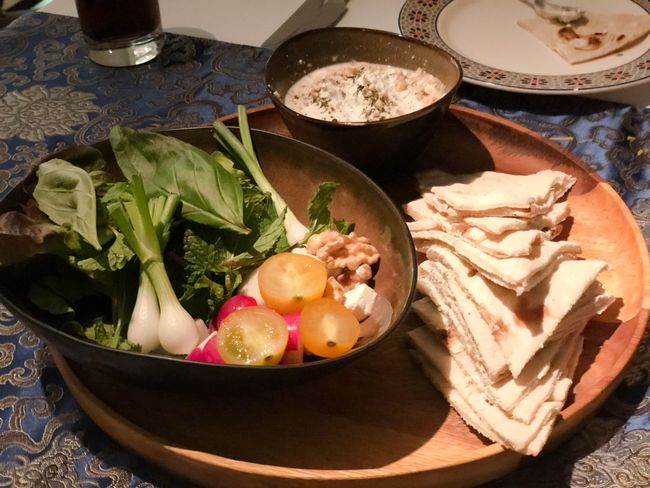
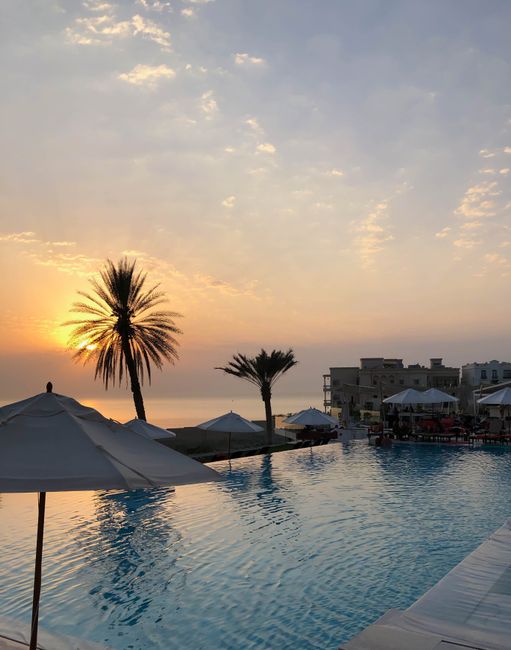
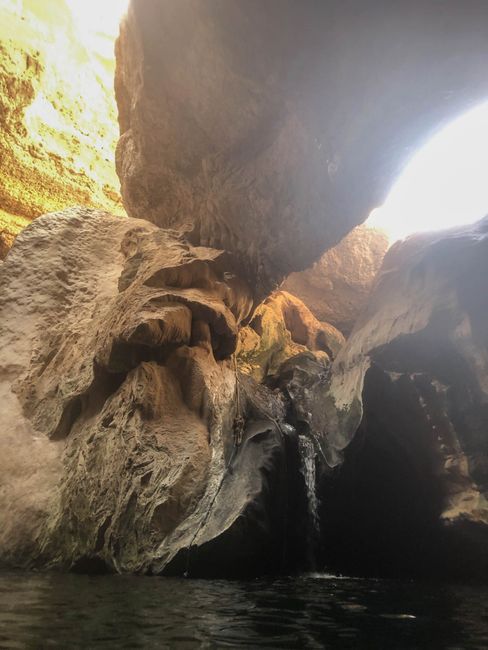
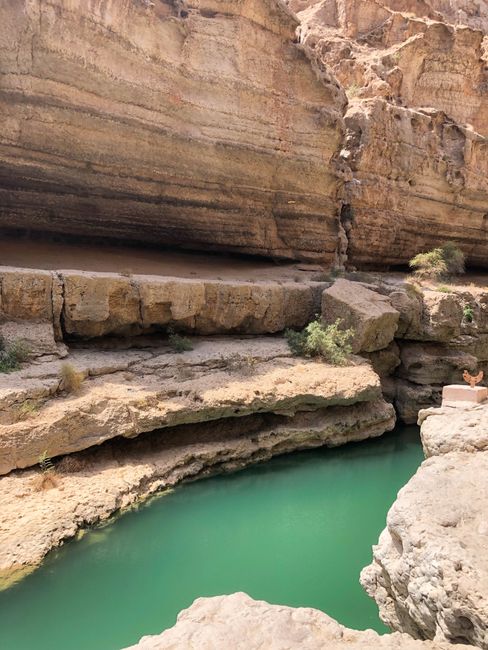
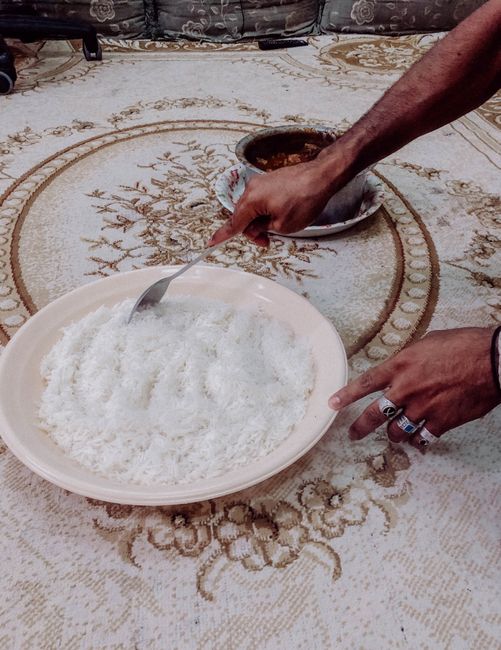
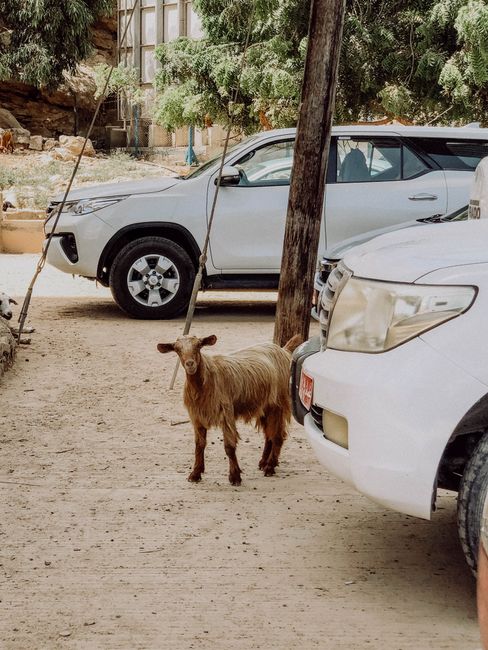
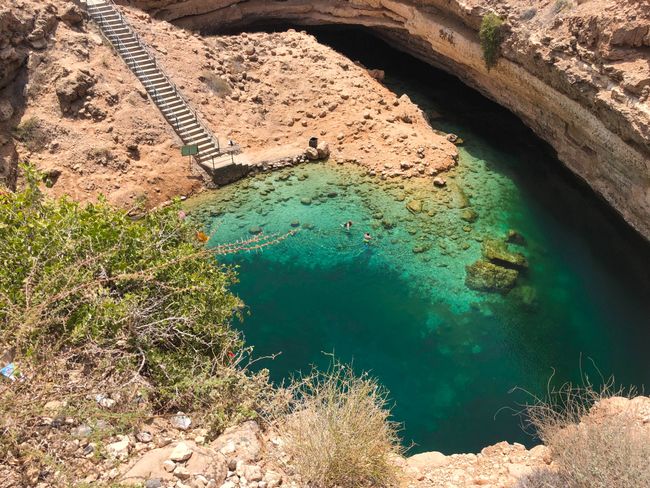
न्यूजलेटर के सब्सक्राइब करीं
Oman... since my first trip to the south three years ago, I have been fascinated by this unique country. This time, I'm heading to the capital, Muscat. The city located on the northeast coast is situated on a bay enclosed by cliffs, overlooking the Gulf of Oman.
Immediately upon arrival, I remember why I felt so comfortable back then. You feel welcome and everything exudes a certain touch of the Orient. From my hotel, perched on a cliff, I have a fantastic view of the city. After my arrival, I enjoy Persian food and the warm air - feelings of One Thousand and One Nights come flooding back. The next morning, I visit the Great Sultan Qaboos Mosque. The impressive mosque, which opened in 2001, is considered one of the country's most important structures and is located on the main road between Muscat and Seeb. Hand-carved and decorated doors, a large hand-knotted prayer carpet, and an eight-ton chandelier leave an admirable impression. The Royal Opera House and the Sultan's Palace, Qasr al-Alam, are also worth a visit. Since it is still very hot and humid during my travel time, I take a little break in the sea during lunchtime. In the clear water, I can watch the fish and enjoy the pleasant water and sun. In the afternoon, I head to Muttrah. The important trading and port city is located east of Muscat and is worth a visit not only because of the souk. The souk is Oman's largest, and the alleys are laid out in a labyrinth-like manner, as it appears to visitors. Omani craftsmanship, fabrics, and spices can be purchased here. The latter ensures that a delicious smell spreads through all the streets. It is advisable to have a bite to eat on the edge of the souk - I chose lamb and freshly squeezed juice.
The next morning, I am picked up at 6:30 am because I fulfill a big wish on this trip: Wadi Shab ('gorge between cliffs'). A wadi is a valley or riverbed that often only has water after heavy rainfalls. Luckily, I was able to book a local guide for the tour relatively spontaneously. After about two hours of driving through barren and mountainous landscapes and hearing all sorts of stories about the country and its people, we reach our destination. First, we take a small boat to the other side of the bank. From there, our approximately one-hour hike begins. In front of us, green palm trees and grasses are framed by steep cliffs. After the first stretch, the green-blue riverbed stretches out in front of us - a beautiful sight! Although it is shortly before 9 am, the heat is already taking its toll on us. Getting up early is definitely worth it as I am alone with the local guide and can enjoy the impressive landscape for myself. After a while, overcoming partly impassable and slippery rocks, we reach the first pool. From here on, we have to leave our clothes behind and swim. A certain level of physical fitness is required as the smooth surface makes standing impossible. After passing several pools, a rock wall suddenly stretches out before us - the supposed end of our tour. But for those who look closely, they discover a small crevice. The adventurous crossing, which is not suitable for people with claustrophobia, is worth it. Because the rock crevice ends in a cave with a waterfall. After fully enjoying this unique experience, we start making our way back... But before we return to Muscat, we make a stop at the Bimmah Sinkhole. The sinkhole, which is connected to the sea through a cave system, has a diameter of about 40m. Via a staircase, one can reach the (salt) water about 20m below. Near Hawiyat Najm Park, a friend of my guide invites us for lunch. We have goat, rice, dates, and coffee - eating 'local' (i.e., sitting on the floor and using our hands).
My conclusion or five good reasons to visit Oman:
1. The locals who make you feel welcome
2. Traditions are lived, and at the same time, Omanis are tolerant and open-minded
3. Impressive landscapes
4. Delicious food (!)
5. Safe travel destination where you can find peace
Indeed, a tranquil oasis for adventurers :-)
न्यूजलेटर के सब्सक्राइब करीं
जबाब
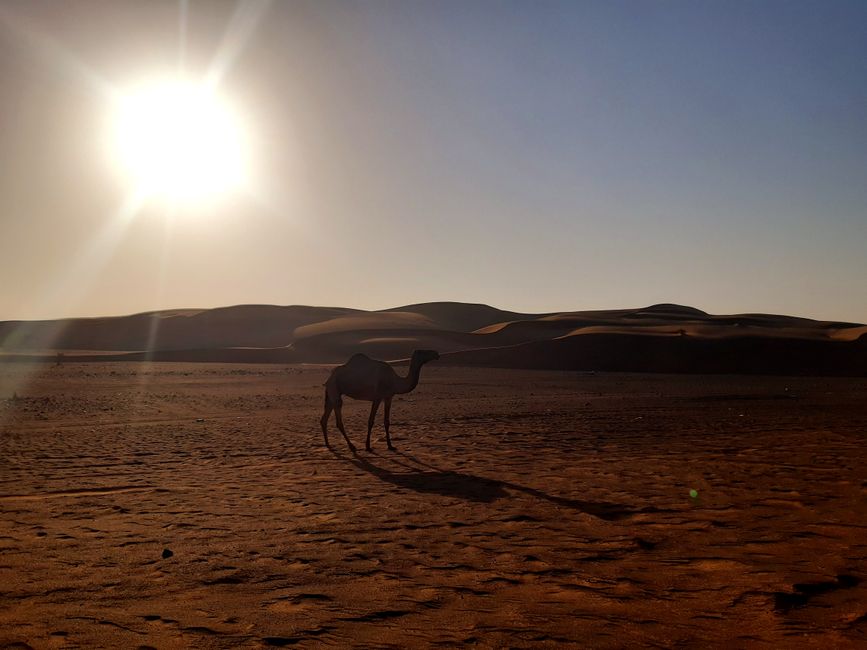
यात्रा के रिपोर्ट ओमान के ह बा।
